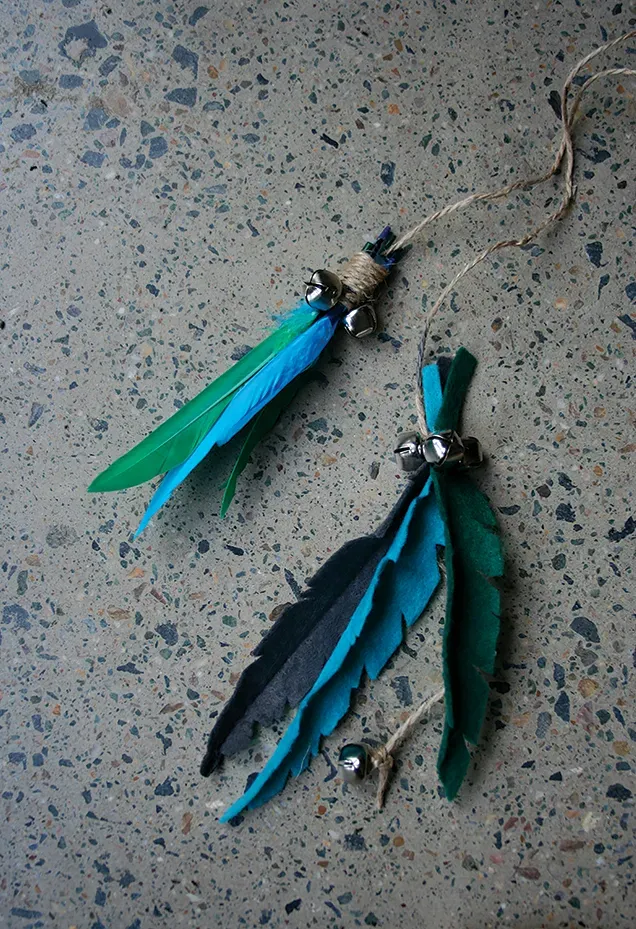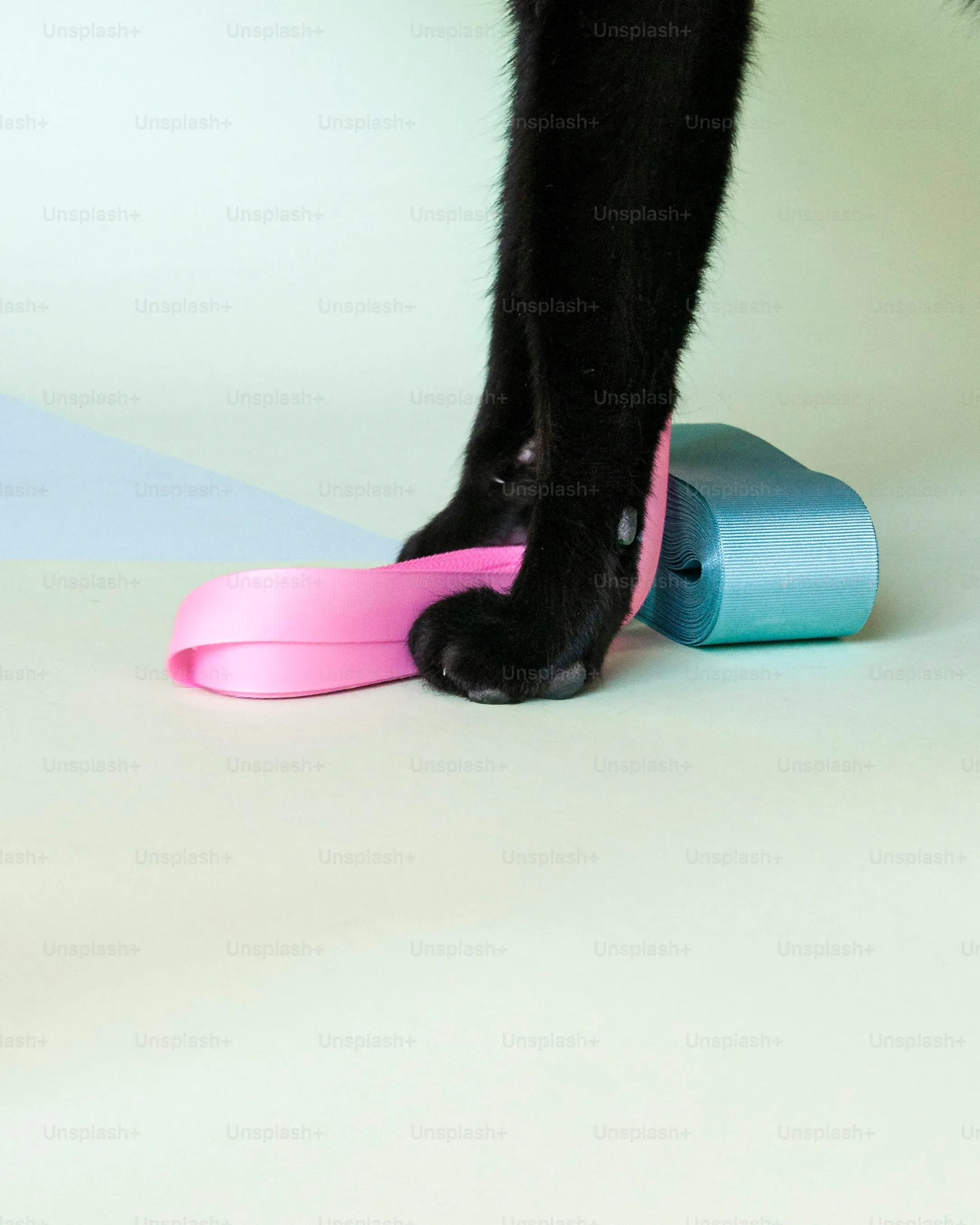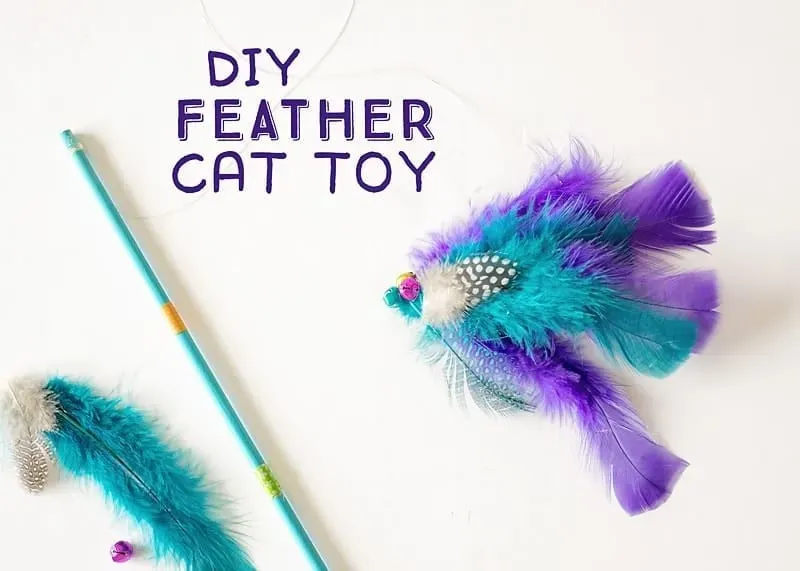Table of Contents
You’ve likely been there: standing in the pet store aisle, staring at rows of colorful cat toys, hoping this time you’ll pick the winner. You get it home, your cat sniffs it once, maybe bats it under the sofa, and then returns to batting at a dust bunny. It’s frustrating, and frankly, a waste of money. Cats are finicky creatures, and sometimes the simplest things are the most captivating. That’s where a good diy cat feather toy comes in. Forget the battery-powered gadgets and the overpriced plushies; a simple feather on a string can provide endless entertainment.
Why Bother Making a DIY Cat Feather Toy Anyway?

Why Bother Making a DIY Cat Feather Toy Anyway?
So, you're wondering, "Why Bother Making a DIY Cat Feather Toy Anyway?" It's a fair question when pet store shelves overflow with options. The simple truth is, many store-bought toys are either expensive, poorly made, or just plain boring to your feline overlord. A DIY version lets you control the quality, tailor it to your cat's specific tastes (some prefer fluffy feathers, others like the stiff kind), and honestly, there's a certain satisfaction in watching your cat go absolutely bonkers for something you made with your own two hands. It’s less about crafting a masterpiece and more about hitting that primal hunting instinct they have.
Think about it:
- Most store-bought toys cost more than a few feathers and string.
- You can customize the length and materials for different play styles.
- It's a simple way to bond with your cat during playtime.
- You know exactly what materials are being used, avoiding potential hazards.
Gathering Your Arsenal: What You Need for Your DIY Cat Feather Toy

Gathering Your Arsenal: What You Need for Your DIY Cat Feather Toy
Feathers, String, and Something to Swing With
Alright, let's get down to brass tacks for your diy cat feather toy. You don't need a workshop or fancy tools. The core ingredients are simple: feathers, something to attach them to (like string or thin cord), and something to hold onto (a stick or a wand). For feathers, think natural. Craft store feathers work, but if you can find ethically sourced or even just clean, stray bird feathers (check local regulations, obviously), they often have a more erratic, appealing flutter. Avoid anything dyed with questionable chemicals. For the string, durable is key. Dental floss works in a pinch for a quick fix, but a thin twine, cotton cord, or even fishing line (kept short and supervised) is better. The wand can be anything from a sturdy stick found outside (cleaned well!) to a dowel rod, or even an old, stiff coat hanger you straighten out. Get creative; your cat won't judge your handle choice.
Optional Bling and Keeping it Safe
Want to jazz up your diy cat feather toy? You can add a few extras, but think safety first. A small bell can add auditory stimulation, but make sure it's securely attached and too large for your cat to swallow if it comes loose. Beads or other small objects are generally a bad idea unless they are firmly encased or too big to be a choking hazard. The goal is to mimic prey, and prey doesn't usually jingle quite that much anyway. The most important "extra" is a secure knot. Double, triple, or even glue your knots where the feathers meet the string and where the string meets the wand. You don't want pieces breaking off during an enthusiastic play session and ending up in your cat's stomach. Trust me, that vet bill is way more than any store-bought toy.
Here’s a quick checklist of the basics:
- Feathers (natural, untreated is best)
- Strong string or cord (cotton, twine, or thin fishing line)
- Wand or stick (dowel rod, sturdy stick, old hanger)
- Strong glue or extra-secure knotting skills
- (Optional) Small, securely attached bell
Building the Dream: StepbyStep DIY Cat Feather Toy Assembly

Building the Dream: StepbyStep DIY Cat Feather Toy Assembly
Feathers Meet String: The Crucial Connection
Alright, you’ve got your materials scattered across the floor, looking less like a DIY project and more like a bird exploded. Now comes the fun part: putting it all together to create your diy cat feather toy. Start with your feathers. You can use one large feather or bundle a few smaller ones together for more fluff and erratic movement. The key here is attaching them securely to your string or cord. Find the base of the feather quill and lay your string along it. Use strong glue, like super glue or craft glue designed for fabric/feathers, to bind the string to the quill. Wrap the string around the quill base a few times if possible, adding more glue as you go. Let it dry completely. Alternatively, if you're going glue-free, you can thread the string through the quill end and tie a series of tight knots right at the base. This takes practice to get secure.
String Meets Wand: Making it Playable
Once your feathers are firmly attached to the string, it's time to connect the string to your wand or stick. The length of the string matters; too short means you're too close to the action (and potential claws), too long can be difficult to control and potentially get tangled around your cat. Aim for something between 2 and 4 feet, depending on your play space and personal preference. Tie the free end of the string securely to one end of your wand. Again, knots are your friend here. A strong double or triple knot is essential. You can also drill a small hole through your wand and thread the string through before knotting it on the other side for extra security. Some people add a drop of glue to the final knot as well, just for peace of mind.
Here’s how to make those knots hold:
- Use a fisherman's knot for joining lines.
- A figure-eight knot is reliable and less likely to slip.
- Add a drop of strong glue (like E6000 or super glue) to the finished knot after tightening.
- Trim excess string close to the knot, but not so close it unravels.
Final Checks and First Flight
Before you unleash your new diy cat feather toy on your unsuspecting feline, give it a thorough inspection. Tug firmly on the feathers to make sure they aren't coming loose. Pull on the string connection at the wand to ensure your knots are holding tight. Check for any sharp edges on your wand or any loose bits that could be chewed off and swallowed. Trim any excess string ends. The goal is a safe, durable toy. Now, find your cat. Start by dragging the feathers slowly along the floor, mimicking prey. Let them stalk, pounce, and capture the "prey." Remember to let them "catch" the toy frequently to avoid frustration. This isn't just a piece of string and feathers; it's a hunting simulator you built yourself. Watch their eyes dilate and their tail twitch – that's the payoff.
Keeping the Fun Alive: Maintaining and Refreshing Your DIY Cat Feather Toy

Keeping the Fun Alive: Maintaining and Refreshing Your DIY Cat Feather Toy
The Inevitable Wear and Tear Check
Let's be real, your cat isn't exactly gentle with their prey, even if it's just a diy cat feather toy you lovingly crafted. After a few enthusiastic hunting sessions, that toy is going to show some battle scars. Feathers get mangled, strings fray, and knots can loosen. It's not a sign of failure; it's a sign of a well-loved toy. Make it a habit to inspect the toy before each play session. Give the string a good tug where it meets the wand and where it meets the feathers. Look for any small pieces that might be about to detach. A loose bell or a shedding feather can quickly turn from a toy component into a choking hazard. If you spot significant fraying or loosening, it's time for a quick repair or retirement.
Giving it a Quick Clean
Your diy cat feather toy is going to get slobbery. It's going to get dragged under furniture collecting dust bunnies. It might even get stepped on. Keeping it clean is important for both hygiene and keeping it appealing to your cat. Nobody wants to hunt a grimy, smelly "bird." For simple cleaning, a quick wipe down with a damp cloth (no soap!) can remove surface dirt. If it's really seen some action, you can try a gentle hand wash in cool water, using only a tiny amount of pet-safe soap if necessary, but rinse it *thoroughly*. Make absolutely certain it's completely dry before letting your cat play with it again. Dampness can lead to mold or mildew, which is definitely not part of the intended play experience.
Quick cleaning tips for your DIY feather toy:
- Wipe with a clean, damp cloth (water only).
- For deeper cleans, hand wash in cool water with minimal, pet-safe soap.
- Rinse multiple times to remove all soap residue.
- Air dry completely before use – this is crucial.
- Avoid harsh chemicals or strong detergents.
Refreshing the Appeal: New Feathers, New Thrills
Even the best diy cat feather toy can lose its luster over time. Cats are stimulated by novelty. If the feathers are looking sad and bedraggled, or your cat seems less interested, it's probably time for a refresh. This is the beauty of DIY – you don't have to buy a whole new toy. Simply cut off the old, tired feathers and attach a fresh batch. Maybe try a different color or type of feather this time to see if that sparks renewed interest. You can also change the length of the string slightly, or even add a different type of attachment (like a small piece of crinkly material or some natural fiber twine) near the feathers, as long as it's safe and securely attached. Think of it as giving the toy a minor upgrade or a costume change to keep the hunting game exciting.
The Final Word on Your DIY Creation
So there you have it. You've taken some basic household items and crafted a diy cat feather toy. It’s not rocket science, and it certainly didn't require a trip to the specialty pet boutique. The point isn't the complexity of the toy; it's the engagement it provides. Watching your cat stalk, pounce, and bunny-kick this simple creation is often more satisfying than watching them ignore the expensive contraption you bought last week. This isn't a promise of perpetual feline bliss, but it's a solid step towards providing stimulating play that actually holds their attention, at least until the next dust bunny floats by.